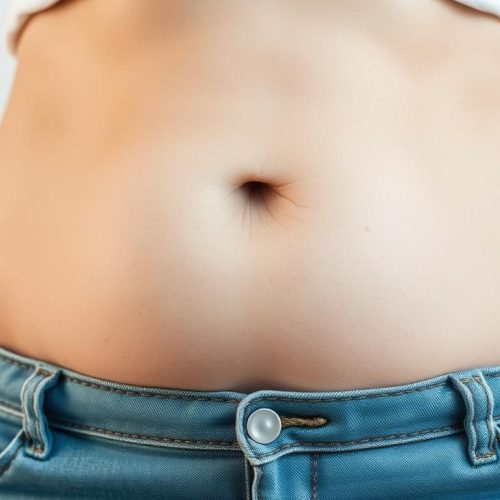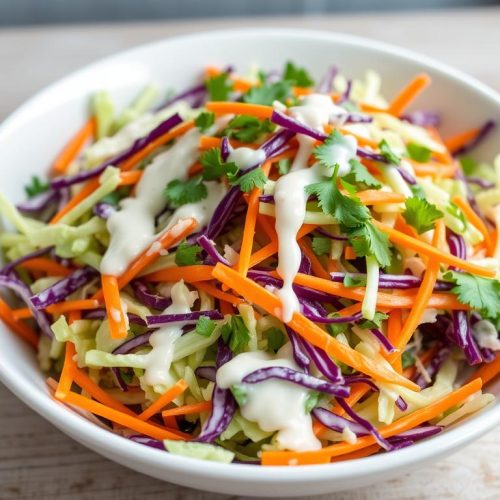Sushi, which is made of rice and seafood, has many nutrients. Unfortunately, a lot of carbohydrates can be found in even the healthiest sushi rolls. Furthermore, undercooked fish and seafood run the risk of bacterial contamination and foodborne illnesses.
Sushi Calories and Key Nutrients
In the United States, this traditional Japanese dish is gaining popularity. It is regarded as healthy because it is made with fish, rice, and seaweed. However, the components and portion size—which can differ significantly among restaurants—determine its nutritional value.
For instance, depending on the recipe, an ounce of nigiri sushi can contain 47 calories, 2 grams of protein, 7.8 grams of carbohydrates, and less than 1 gram of fat. Usually served with two pieces of sushi, this dish can also have six, eight, or even twelve pieces. Eat everything at once, and you’ll consume more calories.
In contrast, each ounce of vegetarian sushi has roughly 19 calories, 2.4 grams of carbohydrates, 0.8 grams of fat, and 0.8 grams of protein. The well-known Japanese eatery RA Sushi provides the following nutrient counts for its sushi dishes:
- Tootsy maki: each serving (7.75 ounces) contains 420 calories, 14 grams of fat, 61 grams of carbohydrates, 9 grams of protein, and 1,360 mg of sodium.
- Lunch sushi assortment: each serving (11 ounces) has 590 calories, 23 grams of fat, 74 grams of carbohydrates, 18 grams of protein, and 1,250 milligrams of sodium.
- A serving of albacore tuna nigiri sushi (1.7 ounces or 2 pieces) has 60 calories, 9 grams of carbohydrates, 6 grams of protein, and 130 milligrams of sodium.
- A 1.5-ounce serving (two pieces) of flying fish nigiri sushi has 70 calories, 15 grams of carbohydrates, 2 grams of protein, and 260 milligrams of sodium.
- Maki sushi avocado roll: 7.4 ounces of this dish has 370 calories, 20 grams of fat, 42 grams of carbohydrates, 5 grams of protein, and 420 mg of sodium.
Sushi calories, with a few notable exceptions, are nothing to be alarmed about. Steer clear of sushi rolls with mayo, sauces, or fried ingredients if you’re on a diet.
Is Sushi Good for You?
Those who are at risk for diabetes should use caution when consuming the main ingredient in this dish, white rice. According to a review that was published in the August 2017 issue of Heart Asia, regular consumption of white rice may be linked, in some populations, to the development of metabolic syndrome. While some studies show the opposite, researchers were unable to find a direct link between this grain and heart disease, stroke, or diabetes.
For instance, a review published in ARYA Atherosclerosis in February 2015 shows a significant correlation between the consumption of white rice and cardiovascular risk factors like metabolic syndrome and diabetes. On the other hand, because brown rice has a high fiber content, it might help prevent these diseases.
Other essential components of sushi, such as fish and seaweed, are low in carbohydrates and high in protein. According to the American Heart Association, fatty fish like salmon, tuna, and others have high levels of omega-3 fatty acids, which may help reduce your risk of heart disease and stroke. The drawback is that most fish and seafood used to make sushi are undercooked and may have high mercury content.
Beware of Food Poisoning
This traditional Japanese dish may contain bacteria like Salmonella because it is frequently made with raw fish or seafood. The pathogen Vibrio vulnificus, which can cause illness when present in undercooked fish, is a concern according to the Academy of Nutrition and Dietetics. It infected more than 1,200 people in the United States alone in 2014.
It is recommended that certain groups of people refrain from eating raw or undercooked fish and seafood, including children, the elderly, pregnant women, and those with weakened immune systems. To be safe, steer clear of any sushi that contains raw fish if you fit into any of these categories.
The mercury in swordfish, bonito, mackerel, bluefin or yellowfin tuna, and other fish used in sushi recipes is another issue. Pregnant women are advised by the American Pregnancy Association to stay away from undercooked and highly mercury-containing fish.



